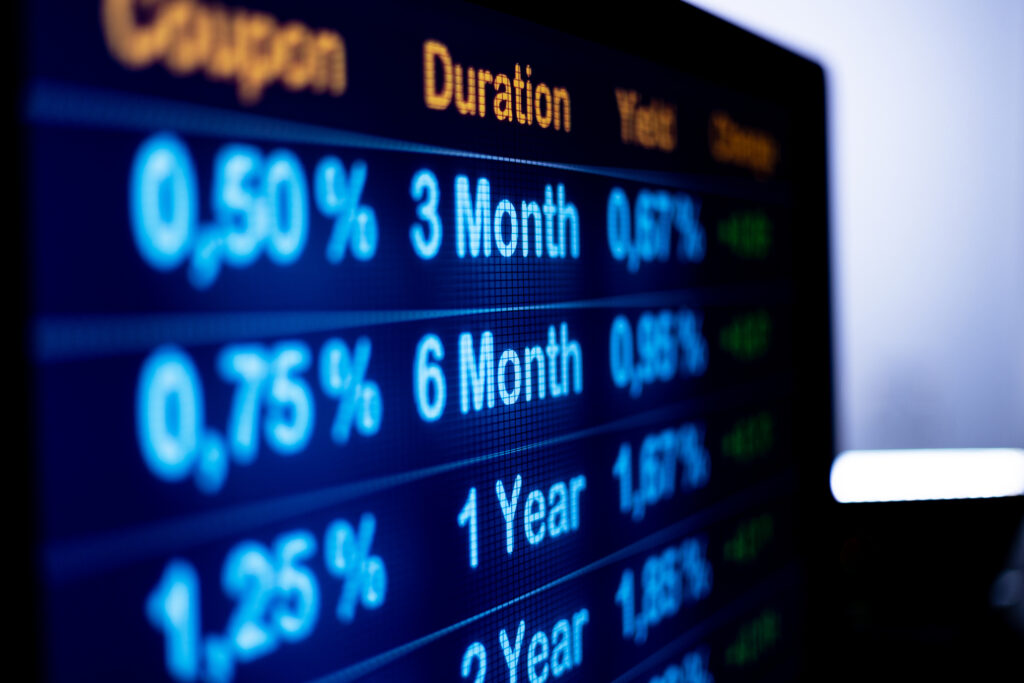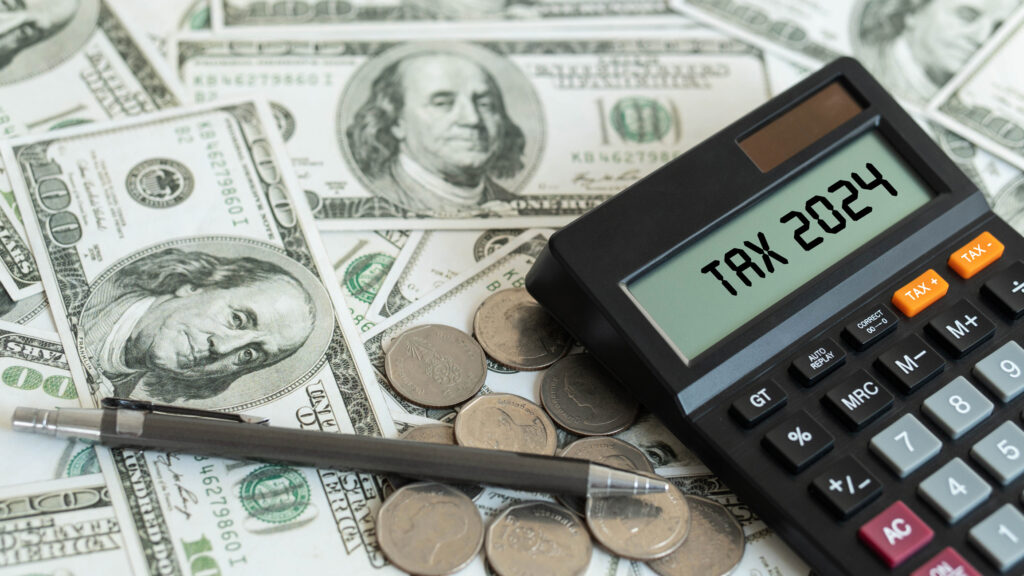One of the most frequently mouthed claims about high-speed rail is that it is enormously profitable. Judging by the claims made by proponents, you might wonder why all the world’s capital has not “beaten a path” to the station.
Some of the wildest profit claims have been made by board members and staff of the California High Speed Rail Authority, which plans to build a $50 billion system from San Diego and Los Angeles to San Francisco and Sacramento.
Sadly for rail advocates, these claims are largely bogus.
Recently, Iñaki Barrón de Angoiti, director of high-speed rail at the International Union of Railways in Paris, said high-speed rail is not a profitable business. The New York Times went on to report that he referred to the short Paris-Lyon and Tokyo-Osaka routes as the only ones in the world that have “broken even.”
Accounting Principles Ignored
Rail promoters have never produced financial statements prepared in accordance with generally accepted accounting standards to show any high-speed rail systems are profitable. Invariably, services are provided by government-owned railways or other large companies that do not report fully allocated costs and revenues for high-speed rail.
In some countries, for instance, government payments that would be called subsidies in the United States are called commercial revenues. In others, high-speed rail operators operate over tracks owned by government infrastructure companies, which are likewise subsidized in some cases. Often, previous write-offs of capital investments are not a part of the profit equation.
In short, there is a lack of transparency in high-speed rail accounting that makes it impossible to demonstrate real profits are being earned. The refreshing statement by Mr. Barrón de Angoiti goes a long way toward clarifying the issue.
There is, however, one high-speed rail system where there is sufficient transparency to make a judgment about profits. The Taiwan system, which operates down the west coast of the island from Taipei to Kaiohsiung, was built and is being operated as a private, unsubsidized business entity.
Despite frequent reports to the contrary, it is far from profitable.
Transparency in Taiwan
Taiwan Today recently characterized the high-speed rail system as “loss-plagued” and noted it was in the process of seeking to restructure its debt.
A principal problem was that less than 90,000 of the 275,000 daily riders projected to use the system bothered to buy tickets. The stations aren’t full of turnstile-hopping commuters; the Taiwanese were either staying at home or using other forms of transportation.
Projecting more passengers than show up is not unusual in high-speed rail.
The Eurostar service from Paris to London attracts less than one-half of the ridership forecast five years ago and has required a government financial bailout. The new high-speed rail system in Korea is carrying little more than one-half the passengers originally projected.
Trouble Likely in California
All of this is ominous news for California, where daily ridership projections of Taiwan levels are often cited despite lower population adjacent to the lines, a longer corridor, and a much higher rate of automobile ownership.
Unlike the Taiwan project, the California high-speed rail system will not have to cover all of its capital costs—state taxpayers have already committed $9 billion in bond funding. The High Speed Rail Authority also hopes to obtain a large share of $8 billion in federal tax money soon to be divided among several high-speed rail corridors in the nation.
However, even if California received one-half of the national funding, it would cover little more than the cost escalation that has occurred since the last formal estimates in 2006. A quarter of the funding would pay for less than two years of cost escalation.
The authority hopes the private sector will be a significant investor in the venture. However, the authority’s financial advisor, Lehman Brothers (yes, bankrupt and out-of-business Lehman Brothers) noted serious barriers to private investment in a March 2008 report. The collapse of private capital markets only makes that worse.
High Cost for Greenhouse Targets
An oft-repeated justification for California’s proposed high-speed rail system is that it can be a significant contributor to the state’s greenhouse gas (GHG) emission targets. That is not borne out by either the official documentation of the authority or the California Air Resources Board.
Based upon that information and authority projections, Joe Vranich and I estimated the cost of building and operating the high-speed rail system would be a minimum of $2,000 per GHG ton. We also found more-defensible projections would put the cost closer to $10,000 per ton.
Meanwhile, California—the government equivalent of the Titanic—lumbers on toward construction, apparently intent on winning the coveted Captain Smith Award. Despite every piece of evidence pointing toward an impending disaster, rail advocates refuse to see the financial disaster that is looming before them.
This could be the first time a train hits an iceberg.
Wendell Cox ([email protected]) is a visiting professor at Conservatoire National des Arts et Metiers, Paris and a senior fellow at The Heartland Institute. He served three terms on the Los Angeles County Transportation Commission. An earlier version of this article appeared at FreedomPolitics.com. Used with permission.




